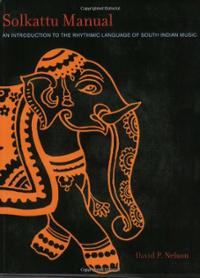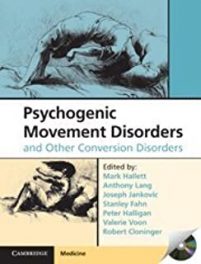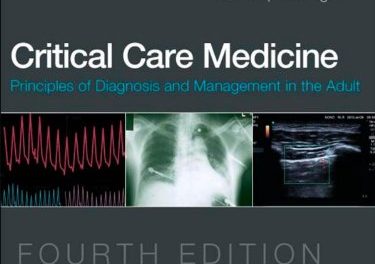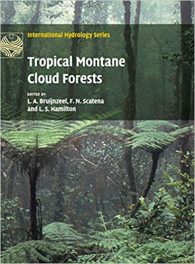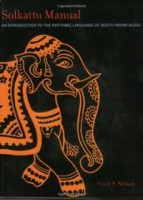 Author: David P. Nelson
Author: David P. Nelson
Publisher: Wesleyan University Press
Book Review by: Laxmi Chaandi
India’s Ravi Shankar helped popularize the country’s classical music, particularly its Hindustani or North Indian classical versions, in Europe and the United States in the 1960s. Along with the help of sarod player Ali Akbar Khan and tabla players such as Alla Rakha and others, Westerners began to enjoy, on a mass scale, sophisticated sitar and sarod tunes and the enthralling rapid beats on the tabla.
The audiences were spell-bound by the “blazing speed” (as Nelson describes it) of the Indian “drummers” (tabla players). Americans and Europeans who enjoyed such music gradually developed a desire to learn to play the different Indian music instruments.
The author David P. Nelson is one of those rare musicians. He sought out the Indian music giants T. Ranganathan and T. Viswanathan to teach him those “sophisticated rhythms.” He states that not long after numerous Indian music concerts were held around the United States that many aspiring and accomplished musicians wanted to learn Indian classical music.
David P. Nelson writes that he traveled in 1970 to Madurai in the Indian state of Tamil Nadu for a year-long stay under the aegis of the Great Lakes College Association. He then began to learn the Indian percussion instrument mridangam.
His teacher was C.S. Sankarasivam, whom he describes as a “legendary court musician.” The rhythm language of the mridangam is called solkattu, the principal subject of this book. Translated into Tamil, the word solkattu means “words bound together.”
He writes that the “words” are all single syllables, nearly all of which begin with a consonant and are percussive-sounding. Combinations of these words are bound together into phrases, such as ta ka di mi, for example. The phrases are further combined into larger patterns with meters, which are called tala. The tala are “counted by recurring sets of hand gestures: claps, waves and finger counts. Speaking such patterns while counting a tala with the hands is solkattu.” A broad though not exact description of a tala is a meter.
This book contains lessons and exercises on solkattu and other aspects of Indian classical music. It is unique in that there are probably very few, if any, books available on solkattu.
This is probably because Indian musicians learn its rhythmic patterns through practice.
But Western learners probably cannot learn it intuitively by listening and copying it. Therefore this book is of immense value, and David Nelson has done a marvelous job by learning it at close hand, practicing it, and imparting his valuable knowledge through this book.
David P. Nelson is member of the music faculty of Wesleyan University, where he is an artist-in-residence in South Indian music and teaches percussion. He was the student of T. Ranganathan at the California Institute of the Arts and at Wesleyan University where he earned his PhD in Ethnomusicology in 1991.
He has accompanied top-ranked Karnatak musicians, including the late T. Viswanathan, in concerts around the world. Nelson maintains an active performance schedule in addition to teaching and writing about his subject.

